Five Lessons from the Oroville Dam Crisis
What the problems at the nation’s tallest dam taught us about flood safety and aging water infrastructure.
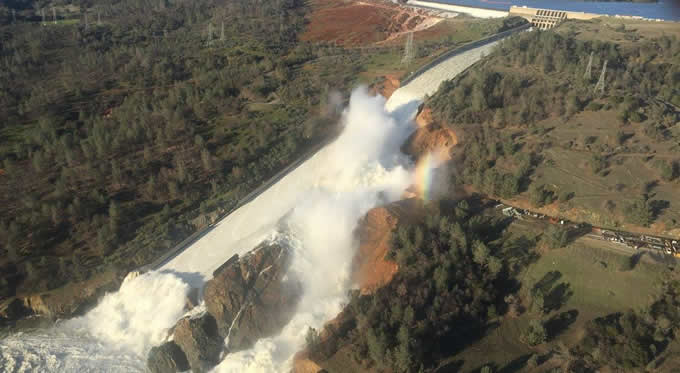
Nearly 200,000 people downstream of California’s Oroville Dam – the nation’s tallest dam – were evacuated in February when problems with the dam’s spillways triggered the possibility of downstream flooding.
American Rivers responded, calling out challenges posed by aging dams and water infrastructure nationwide. We pointed out the need for a new approach to water management: work with nature, not against it. Our message was amplified by national media outlets, sparking a dialogue about solutions that work for healthy rivers and public safety.
Here are five important lessons the nation learned from the crisis at Oroville Dam:
1) Oroville isn’t alone
While the events at Oroville Dam grabbed headlines, it’s not alone. As a February 13 New York Times editorial pointed out:
“Oroville is hardly an isolated case. The American Society of Civil Engineers gives the country’s dams an average grade of “D” and estimates that at least $21 billion is needed to fix aging, high-hazard dams. The average age of the country’s 84,000 dams is 52 years, and 70 percent of them will be more than a half-century old by 2020. Groups like American Rivers argue that many of these dams should be removed in the interest of public safety and to return waterways to their natural state.”
Read more: https://www.nytimes.com/2017/02/13/opinion/in-peril-at-oroville-dam-a-parable-on-infrastructure.html
2) There are lots of aging dams in our country, and some should be removed
The New York Times published some great maps showing the age and ownership of dams nationwide.
“It’s not like an expiration date for your milk, but the components that make up that dam do have a lifespan,” said Mark Ogden, a project manager with the Association of State Dam Safety Officials told the Times.
The paper noted the American Rivers report showing 72 dams removed in 21 states in 2016, to restore river health and improve public safety.
Check out the story and maps: https://www.nytimes.com/interactive/2017/02/23/us/americas-aging-dams-are-in-need-of-repair.html
3) We need to give rivers room
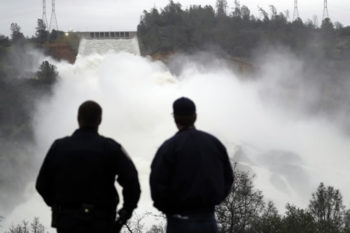
Two men watch as water gushes from the Oroville Dam’s main spillway in Oroville, Calif. | Marcio Jose Sanchez/Associated Press
Bob Irvin, president of American Rivers, published an opinion piece in the Washington Post titled “We trust dams and levees at our peril.” When it comes to improving flood safety, the best step we can take is to widen floodways and restore floodplains. He wrote:
“Indeed, to ensure public safety, we need to give rivers more room, not less. We must ensure that rivers have the adjacent floodplains and wetlands they need to move and dissipate floodwaters naturally. Dams and levees limit such options and often incentivize development and redevelopment in places most prone to damaging floods. We not only need to think twice before building dams and levees, we also need to be removing existing dams and levees that have outlived their usefulness and are threatening public safety by aggravating flood risk.”
4) We need to address the realities of climate change
It’s time to update water management to deal with the realities of climate change, specifically more frequent and severe floods and droughts. The Christian Science Monitor’s Zack Colman looked at the “rule curves” set by the Army Corps to dictate dam operations – when to fill up and release water from a reservoir.
“Not only are they for an outdated period, they are actually written on graph paper with a pencil,” says John Cain, director of conservation for California flood management with American Rivers. “They weren’t even digitally generated.”
“My concern about the rule curves being out of date is legitimate, but a terrific mitigating factor is our ability to forecast,” Cain told the Monitor. “And that is why it would be a huge disservice to cripple NOAA and the National Weather Service climate change science programs.”
5) It’s possible to find policies that provide solutions for both droughts and floods
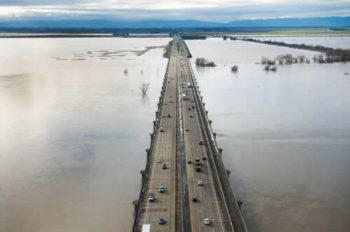
The Yolo Causeway, heading west toward Davis, is surrounded by water in the Yolo Bypass. | Randy Pench
The Sacramento Bee published a great editorial showing how giving rivers room provides solutions for handling both droughts and floods.
“… climate experts say flood is only half the picture. Long-term drought punctuated with deluge is about to become California’s new normal, thanks to the way global warming has amplified regular climate variations. So while they’re at it, state officials should ask whether now might be the time to join nature, rather than just trying to beat it. Sure, fix the dams and levees that have shielded us from winter rains so far. But also find ways to make natural flood patterns work for us.”
The editorial calls for flood easements and levee setbacks to protect people and property, and allow for groundwater recharge and healthier rivers.
“Concrete alone won’t work forever. Where possible, maybe working with, rather than against nature, is the smarter route,” the editors write.
We couldn’t have said it better ourselves.
Read more: http://www.sacbee.com/opinion/editorials/article136322158.html
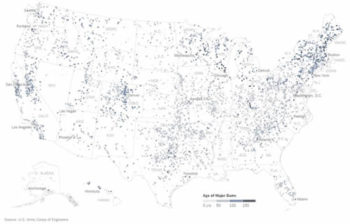
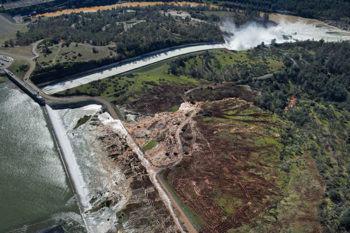
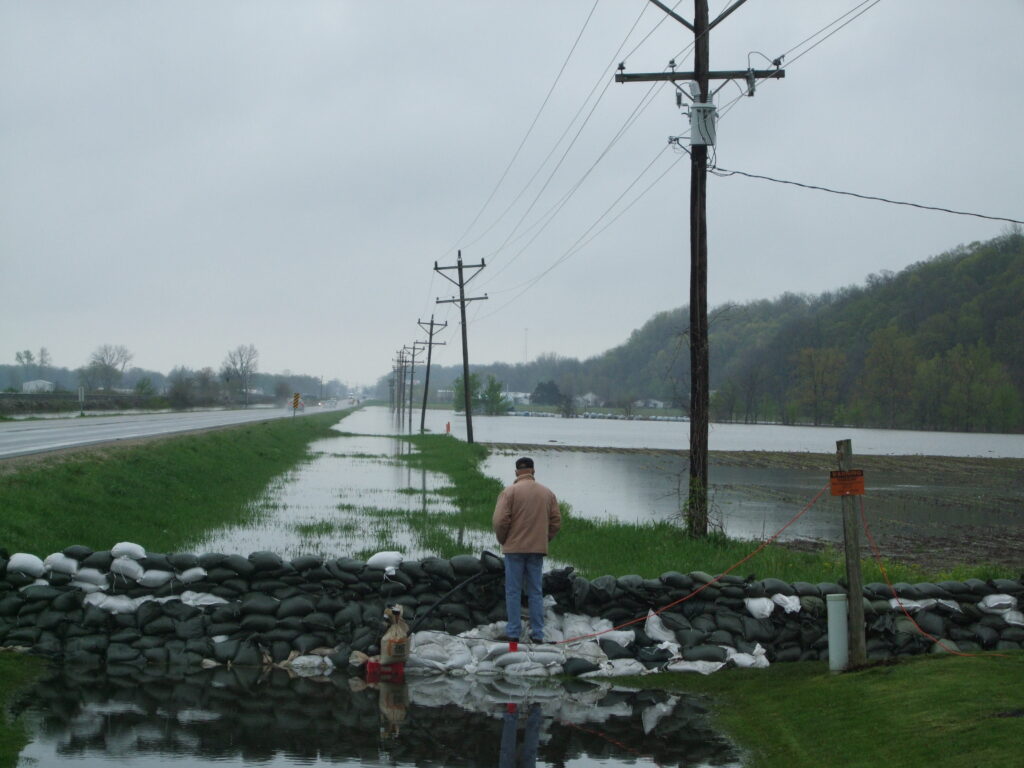
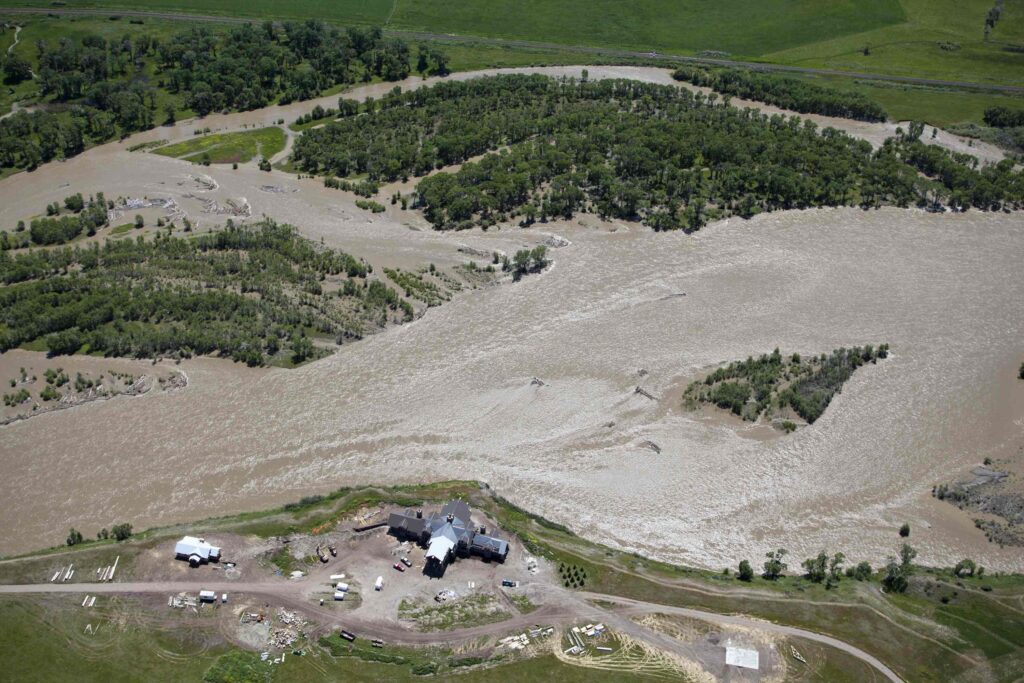
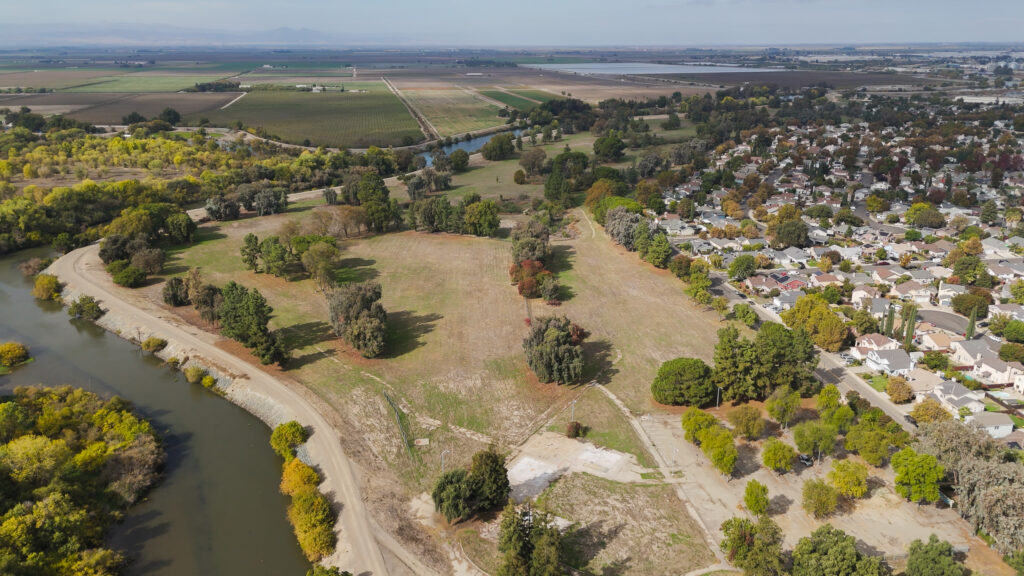


2 responses to “Five Lessons from the Oroville Dam Crisis”
The Oroville Dam crisis offered valuable lessons in the importance of infrastructure maintenance, transparency in crisis communication, and the need for better emergency preparedness. It underscores the critical role of regular inspections and the potential risks posed by underfunded maintenance. The situation also highlights the need for clear, consistent communication with the public and the importance of proactive measures to protect communities. These lessons could help guide future improvements to dam safety and crisis management strategies.
You know, if the President would take the money he wants to use to build that stupid border wall and the extra 10% that he wants to put into the defense budget and put it into inspections and renovations to all the aging levees and dams we have in this country, he could actually provide Americans jobs and improve infrastructure at the same time. My God, what a concept! Having our President and our Congress getting stuff done! How awesome would that be?